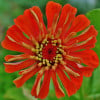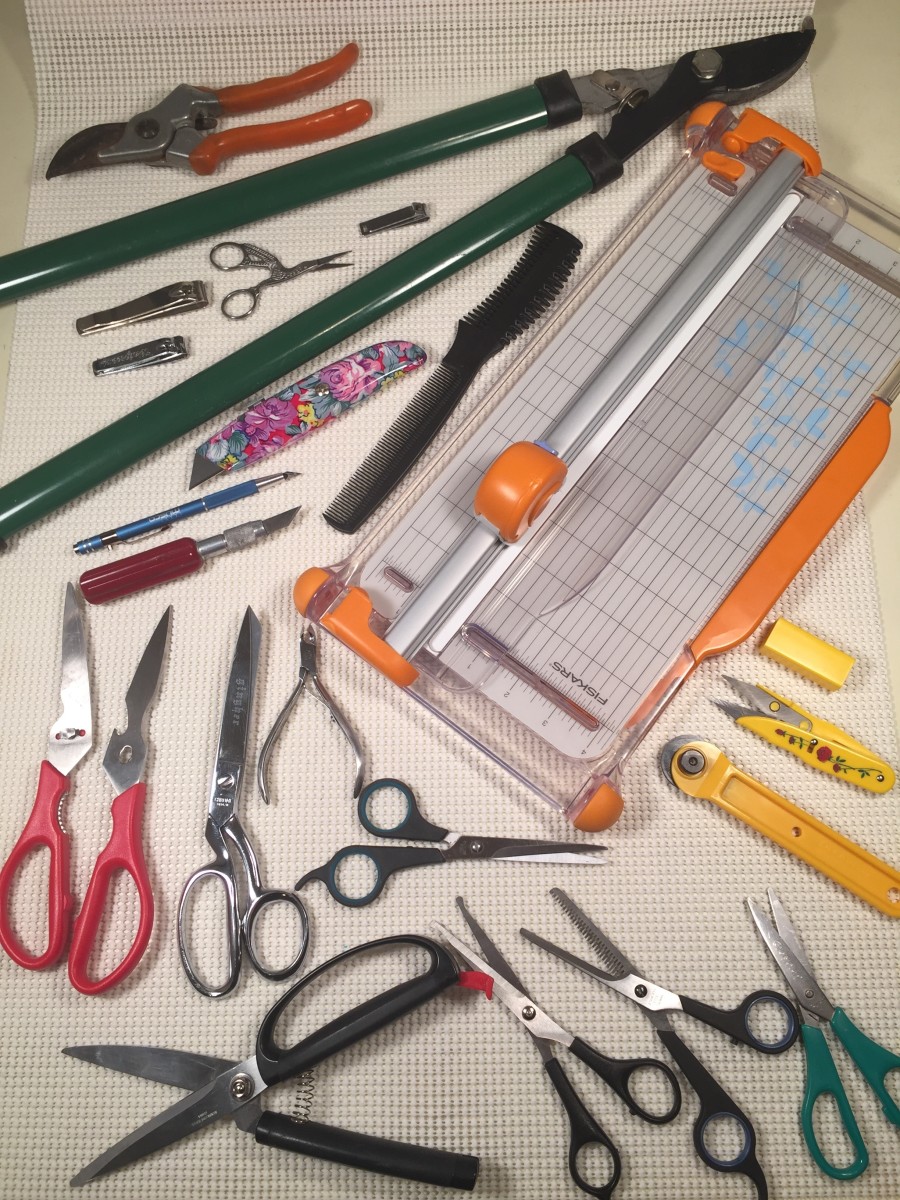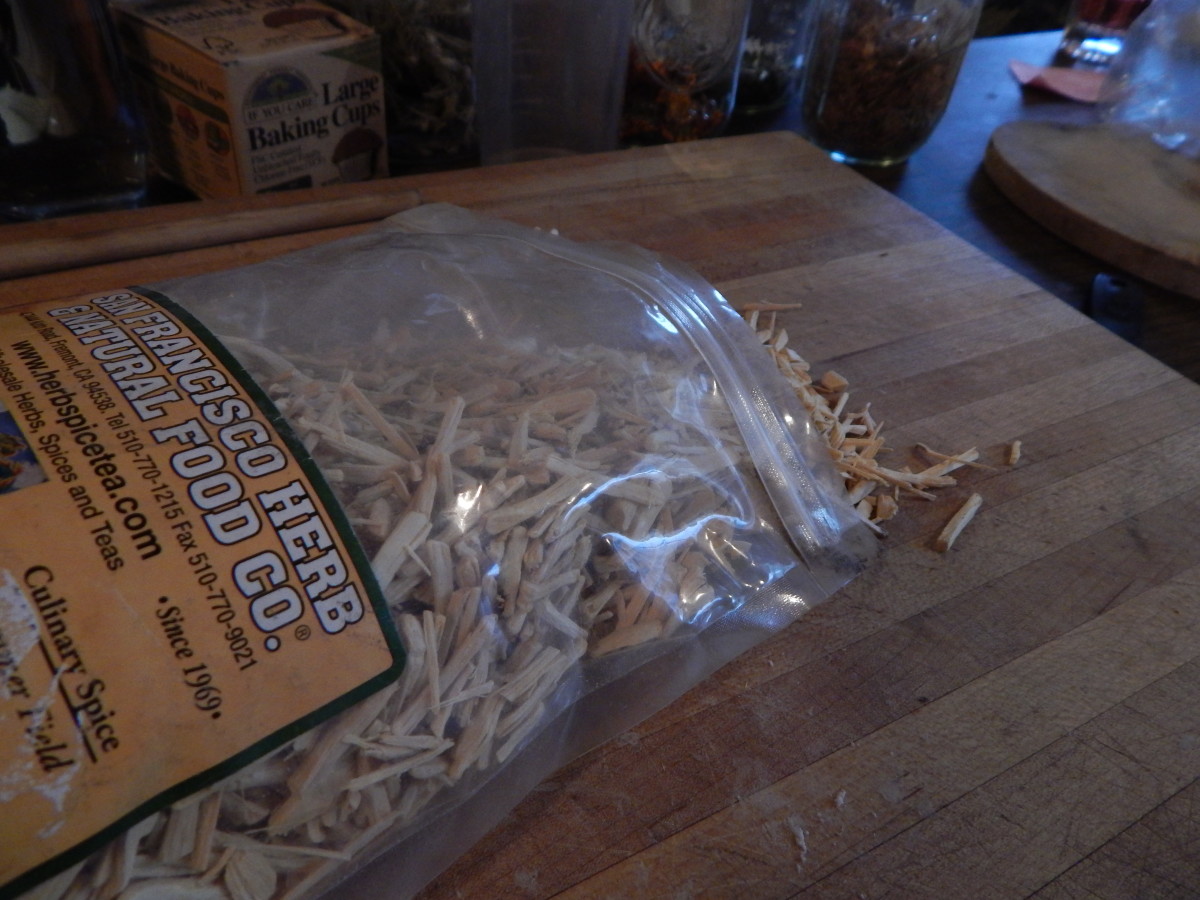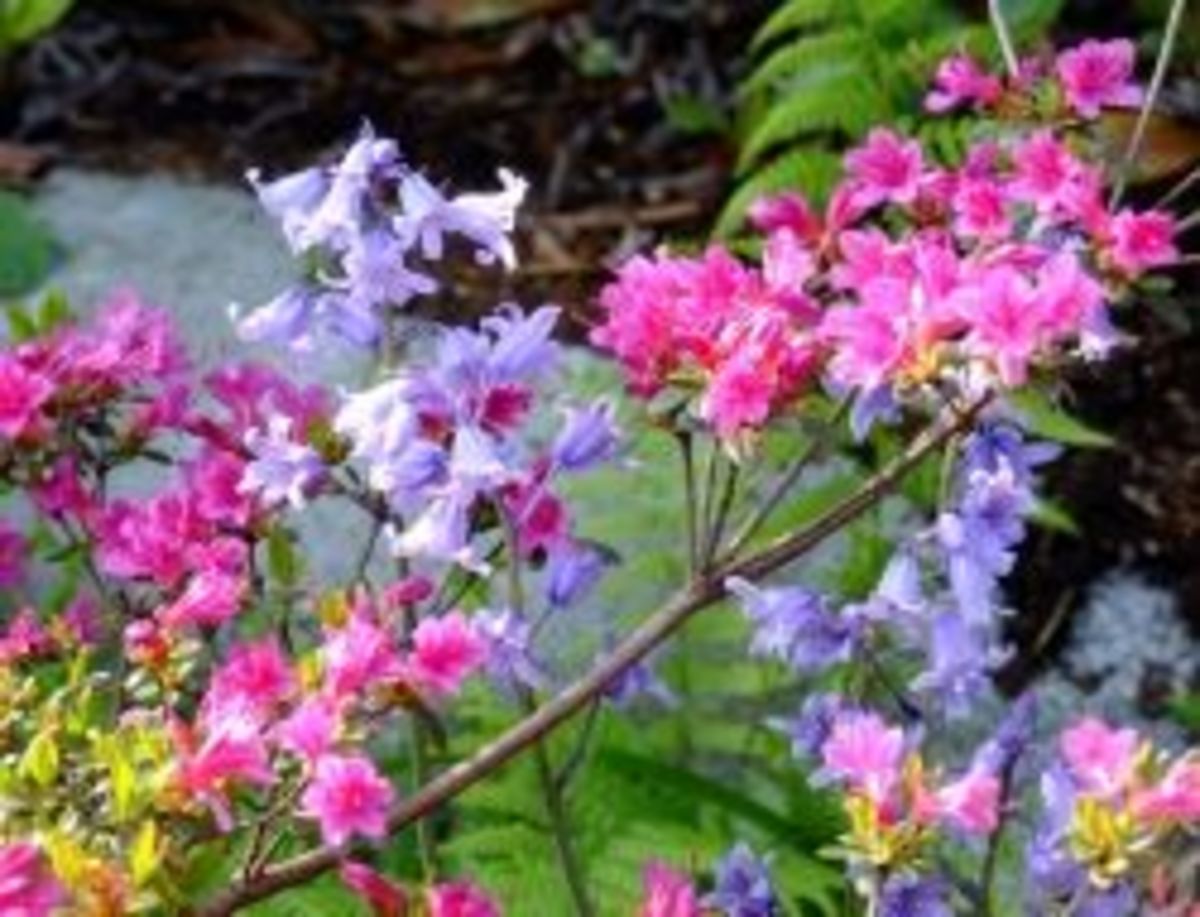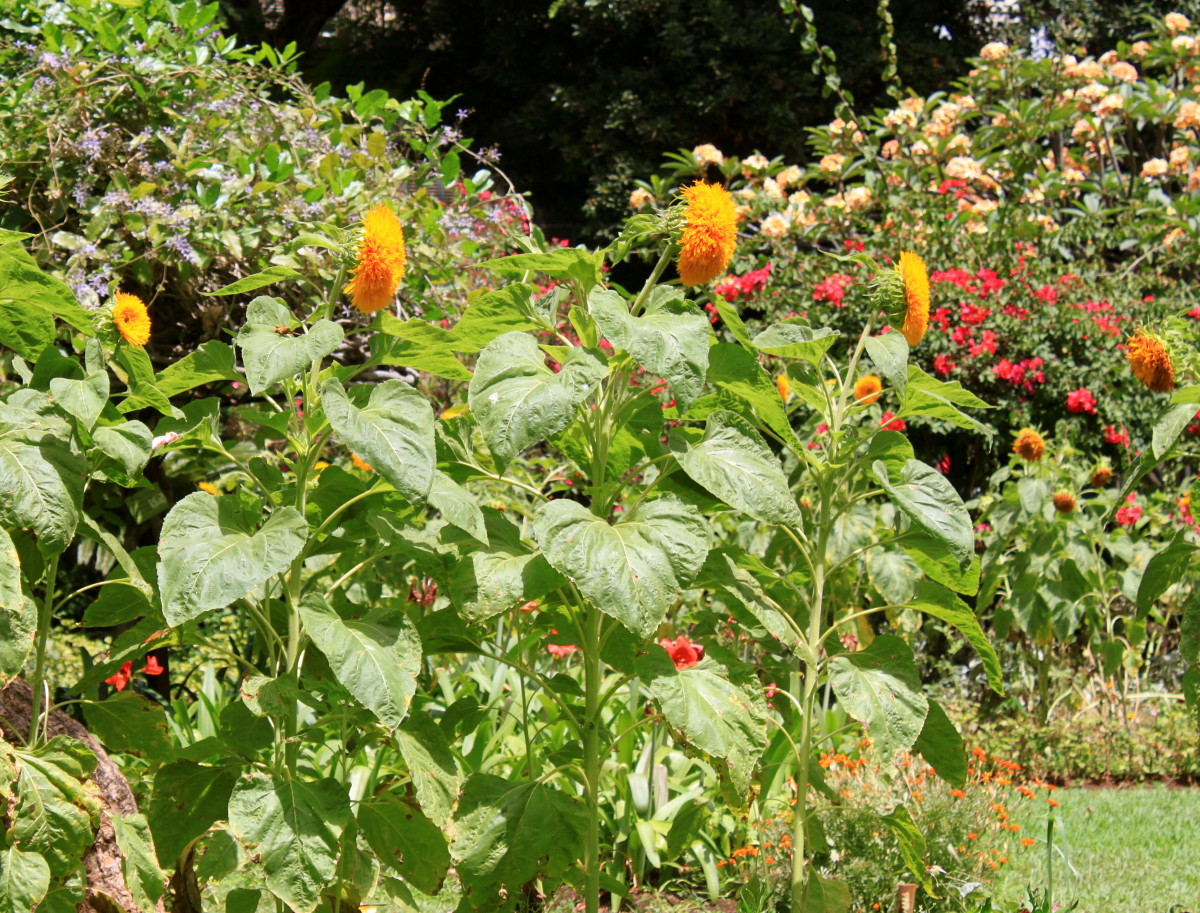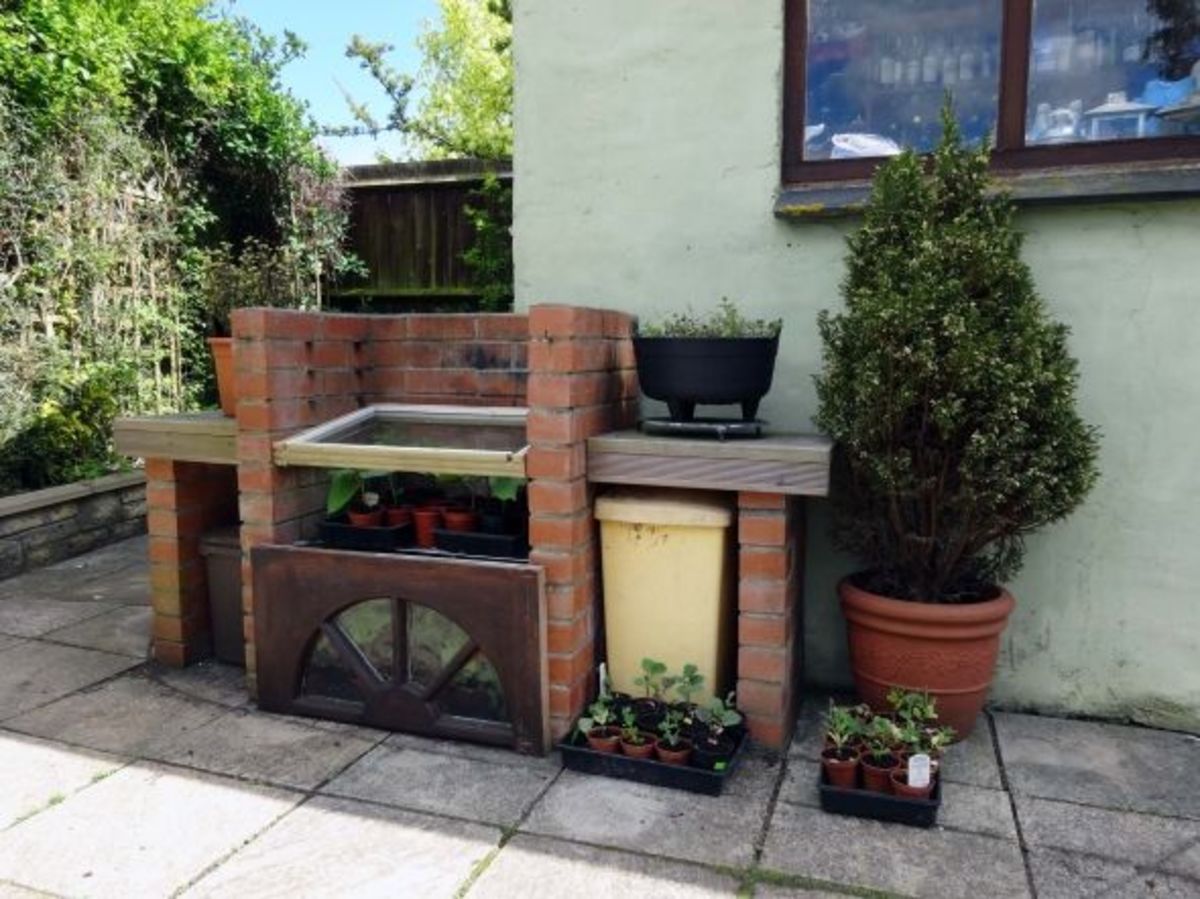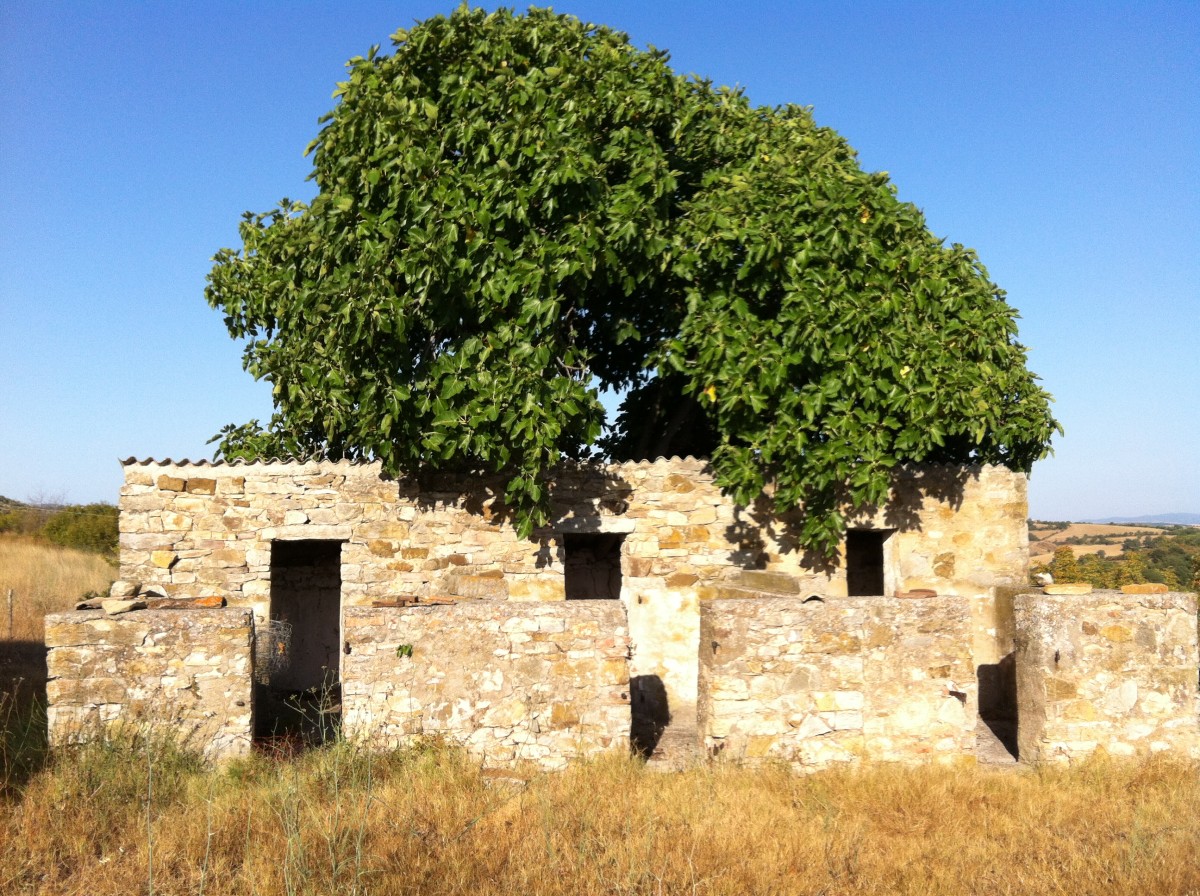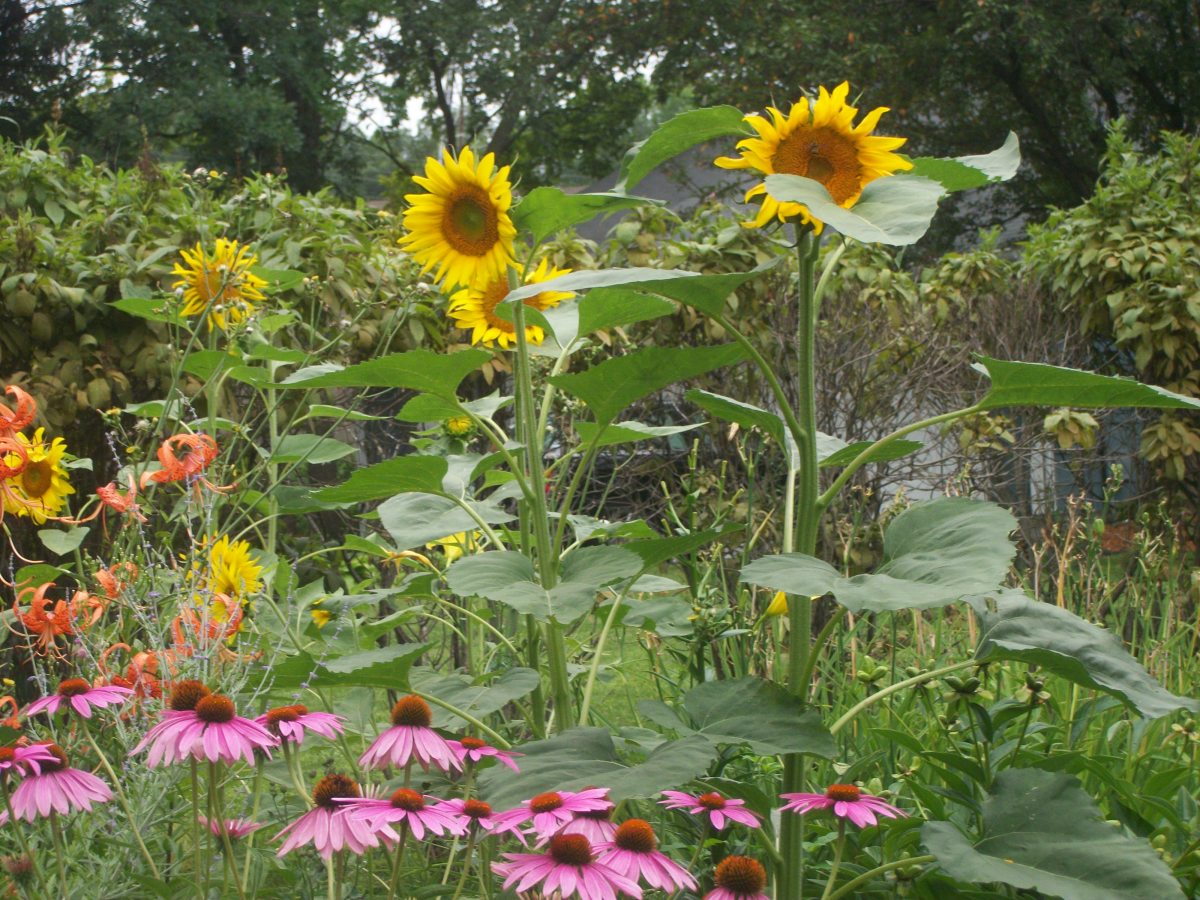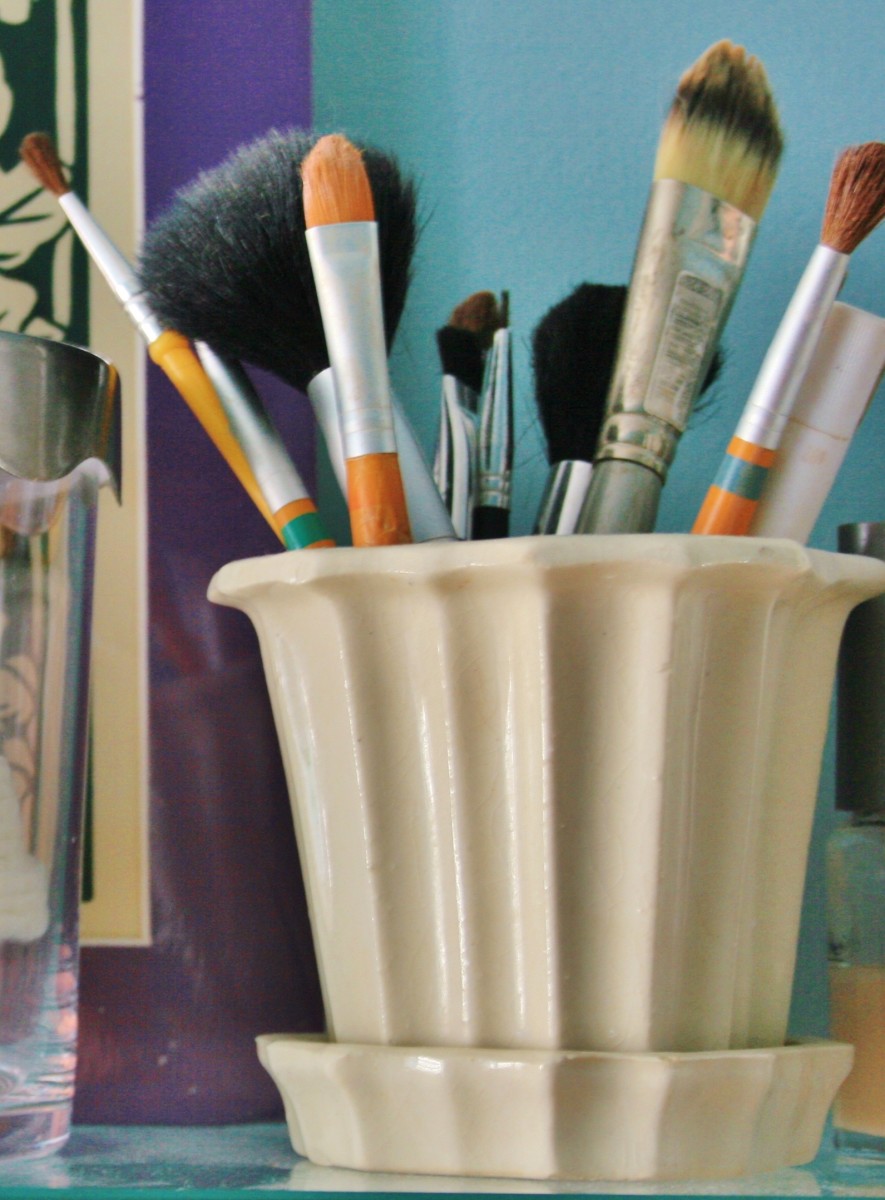Hand Garden Tools
Basic Hand Tools Every Gardener Needs
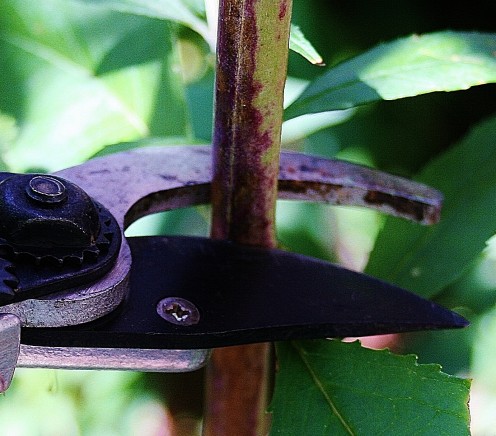
Whether you garden a little or a lot, certain hand tools are a must for taking care of common tasks.
As a gardener for more than 30 years, I can attest that lawns, flowerbeds, vegetable patches, container gardens--they all require care. And sooner or later, all gardeners find themselves weeding, planting, mulching, trimming or performing other chores necessary for the general health of plants in their landscapes.
No matter what gardening job you take on, be sure that you have the right tool for it. Not only will the right garden tool make your task easier to accomplish, but it will also make it a whole lot safer.
Top Tools for Gardeners
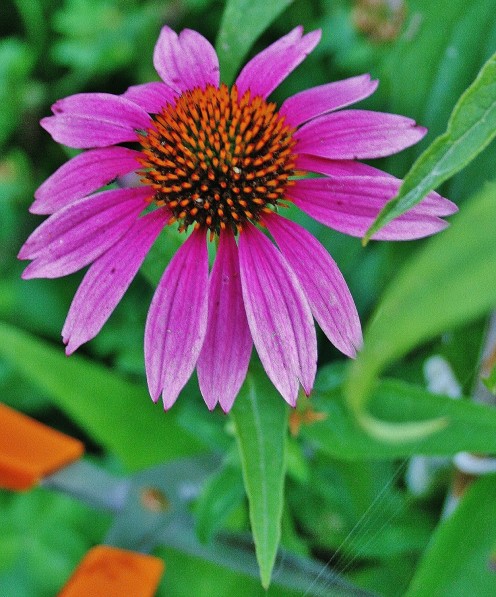
GARDEN SHEARS
General-purpose hand shears for the garden are basically heavy-duty scissors. The best ones have rust-resistant, stainless-steel blades with serrated edges, which give them a good grip on whatever they're cutting.
You can use garden shears for a variety of tasks, including:
- harvesting herbs,
- cutting flowers for display,
- pruning small, dead and/or diseased stems,
- removing spent blossoms (deadheading) and
- trimming grass at the edges of walkways, beds and borders.
Garden shears also come in handy for snipping floral wire and garden twine.
Top Tools for Gardeners
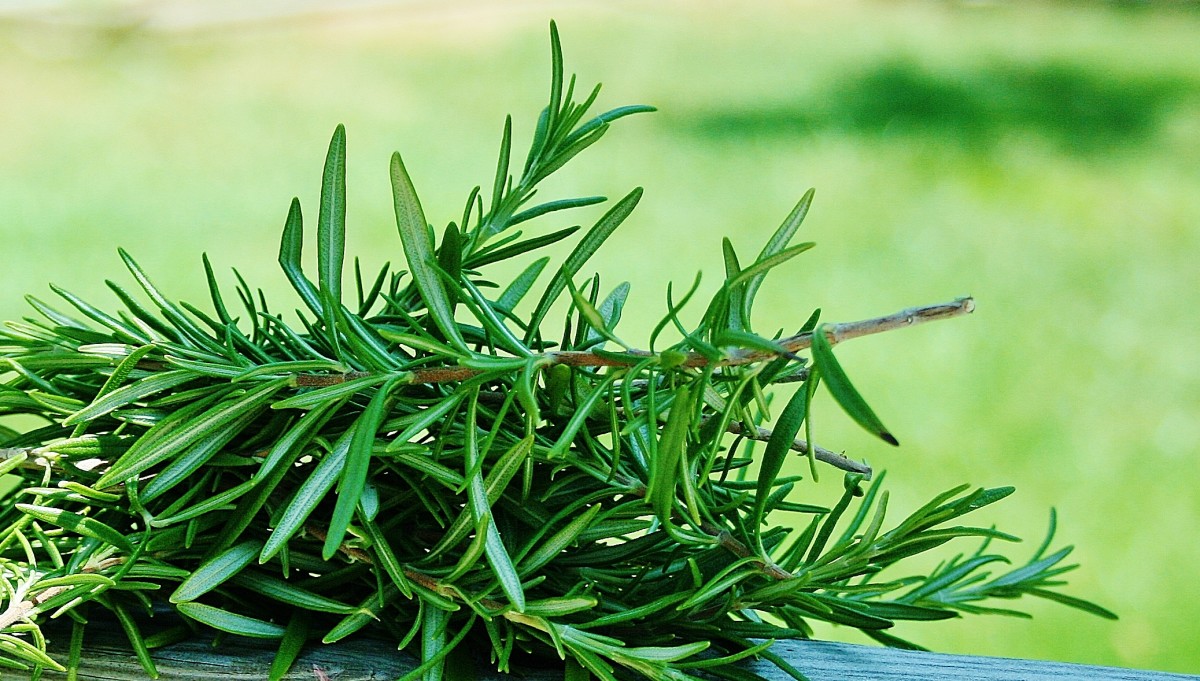

HAND PRUNERS
Hand pruners are a tool every gardener needs. Like garden shears, they may be used for deadheading, flower collecting, herb harvesting and stem snipping. They can also accomplish much larger tasks.
Hand pruners, which are appropriate for pruning small trees as well as shrubs, can cut limbs up to an inch in diameter. They're the right tool for most routine pruning jobs, including the removal of unwanted branches, including dead, damaged and diseased limbs.
Why prune?
Pruning is essential to plant health. Snipping off spent flower heads promotes new buds, removing small stems from tomato plants leads to larger fruit, pruning storm-damaged tree limbs prevents disease (and additional damage), and harvesting herbs encourages new growth. Removing dead and diseased stems and branches is also key to maintaining healthy plants.
There are basically two types of hand pruners, those with bypass blades and those with anvil blades. For most gardeners, bypass hand pruners are the most appropriate. Because they have two sharp blades like scissors do, bypass pruners cut cleanly.
Anvil pruners have only one sharp blade, so they're more likely to crush or tear branches; however, because anvil pruners allow more leverage, they are easier to use if you don't have much hand strength or are cutting a large branch.
Other pruning tools you may need, depending upon your landscape, include
- pruning shears for trimming hedges,
- lopping shears with long handles for cutting high branches up to 1.5 inches around,
- pruning saws for pruning large shrubs, including rose bushes, small fruit trees and other trees with narrow crotches, and
- pole pruners for removing high branches from large trees.
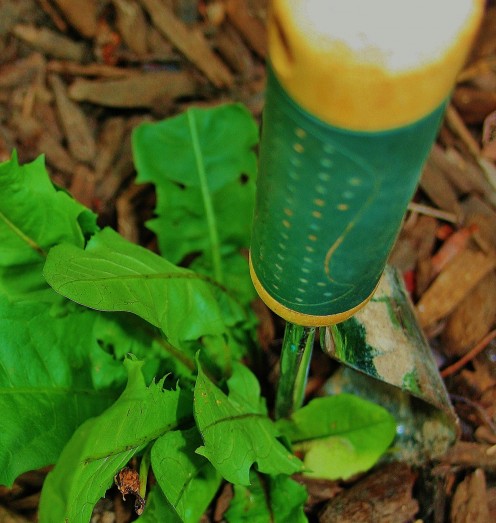
Top Tools for Gardeners
THE HAND WEEDER
For gardeners who don't want to use herbicides, a hand weeder is an essential tool.
In beds, annual weeds can be discouraged by disturbing their shallow roots with a hand cultivator. Repeatedly cutting back annual weeds can also control them--and may eventually kill them. In turf, many annual weeds can be eliminated in early spring by allowing grass to grow 3-4 inches in height, effectively "shading out" germinating weed seeds.
But perennial weeds like dandelion and pokeweed are tougher to eradicate mechanically.
Perennial weeds tend to set deep taproots with side roots that branch out into the surrounding soil. They are nearly impossible to remove effectively with a trowel, especially in turfgrass. To really get them and get them good, a hand weeder is required.
Sometimes called dandelion weeders or dandelion diggers, hand weeders have sharp, pointy ends that make them easy to force into the ground.
How to Use a Hand Weeder
Using both hands, drive the hand weeder into the ground next to the weed's crown. Push it as far down as you can so that the metal loop on the side of the shaft is below ground. Twist hard so that the loop circumscribes the weed's long taproot and then pull. Not only will you extract the weed's primary root, but you'll also remove most of the small roots that extend from it.
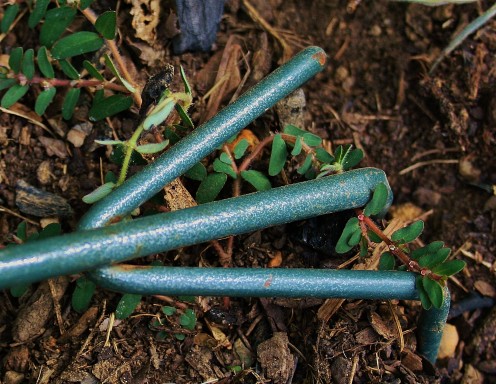
Top Tools for Gardeners
THE HAND CULTIVATOR
Hand cultivators or garden claws have many of the same uses as rakes and hoes--on a smaller scale, of course.
With a hand cultivator's sharp tines, you can rake soil to remove weeds with shallow roots. With a cultivator, you can also clear debris, smooth mulch over small areas and break up hard, compact soil in order to aerate it.
You can even use a hand cultivator like a trowel to dislodge soil during planting.

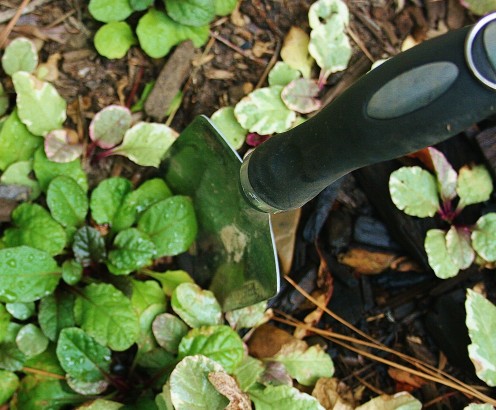
Top Tools for Gardeners
THE GARDEN TROWEL
Trowels are essentially spades, small hand shovels used by gardeners for moving growing medium, digging holes, digging up plants and digging out weeds.
Whether you're creating a compost hole, making room in your flowerbed for a seedling or filling a flowerpot with potting mix, a trowel is a gardening must-have.

Trowels come in all sorts of styles, materials and colors. Some have cushioned handles, some have handles with grips. Some have narrow blades, while others have blades that are wide and flat.
Sometimes trowel blades are made of steel, making them ideal for working in hard soil areas. Others trowels have blades made of lightweight aluminum. These trowels work well in potting medium, raised beds and well-cultivated vegetable patches and flowerbeds. Trowels with measurements marked on their blades are handy for planting bulbs.
Top Tools for Gardeners
THE SHOVEL
Although most gardeners won't use a shovel every day--or even every week--shovels do come in handy in digging situations where a trowel just won't do, such as when planting or transplanting shrubs, trees and other large plants.
For those who like to in-ground compost, a shovel makes it much easier to dig and cover a trench or hole that's wide enough and deep enough to promote decomposition and keep pests away.
Shovels also come in handy for scooping up mulch, manure and compost.
And for gardeners who grow potatoes and/or sweet potatoes, a shovel can work just as well as a digging fork when it's time to harvest.

Tools for Gardeners
THE DIGGING FORK
Tougher than a spade, mightier than a shovel, larger than a hand cultivator, a well-made digging fork cuts through tough clay soil as if it were butter.
Which is handiest?
MY FAVORITE GARDEN TOOL IS THE
Digging forks are great for all sorts of digging tasks. They're also good tools for
- aerating beds,
- turning compost, &
- harvesting tubers.
The best digging spades are lightweight with sharply pointed stainless steel tines that resist rust and don't bend, even in hard ground.
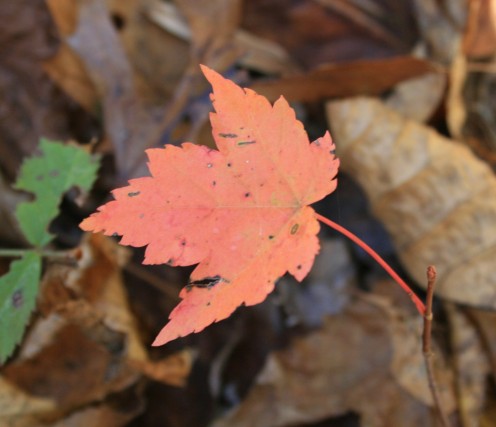
Top Tools for Gardeners
THE RAKE
Many gardeners need at least two rakes on a regular basis--one for gathering yard waste like twigs and fallen leaves, and one for cultivating, weeding and spreading.
For vegetable gardeners and gardeners with lots of mulched flowerbeds, a steel-headed rake with short tines is ideal for cultivating between rows of crops, spreading manure and compost, and evening out organic mulches. Rakes with short, hard tines also work well for removing dead roots and grass blades (thatch) from turf.
For weeding and cultivation, circular rakes (sometimes called hula rakes) earn top marks from many gardeners who like their effectiveness in removing weeds, their lightweight design and the maneuverability of their looped metal heads.
Gardeners with deciduous trees in their yards (trees that drop their leaves at the end of the growing season) will probably need a fan-shaped aluminum rake as well. Because the lightweight tines give a little during raking, they're less likely to stick in the grass.
Garden Hand Tools At-a-Glance
Tool
| Uses
|
|---|---|
trowel
| moving small amounts of soil, digging holes, planting & transplanting small plants
|
hand weeder
| removing weeds with large taproots
|
hand pruners
| cutting flowers, harvesting herbs, deadheading, removing stems & small branches
|
rake
| distributing compost & mulch, gathering leaves & debris, removing thatch from turf, removing shallowly rooted weeds
|
hand cultivator
| loosening soil, removing shallowly rooted weeds, digging
|
digging fork
| aerating soil, digging, turning compost, harvesting root vegetables
|
shovel
| planting shrubs, trees & other large plants; trench composting; moving mulch, manure & compost; harvesting root vegetables
|
TOOL TIPS
Tired of losing tools in your garden?
Buy hand tools with brightly colored handles. Or, cover the handles of your old tools with fluorescent tape. They'll be much easier to spot!
Concerned about spreading disease in your garden?
After using garden tools on diseased plants, wipe the tools down with rubbing alcohol to kill disease-carrying pathogens. Doing so before reusing them will prevent the spread of infection to other plants.
Sick of garden tools that rust?
Prevent rusting by wiping tools down after each use to remove dirt and moisture. Periodically, rub blades with motor oil.
SAFETY ACCESSORIES
For safety's sake, gardeners also need gardening gloves and pruner sheaths.
Gloves offer protection from insects, rash-inducing plants, thorns and more. And holsters for pruners keep their sharp blades from inadvertently causing harm when not in use.
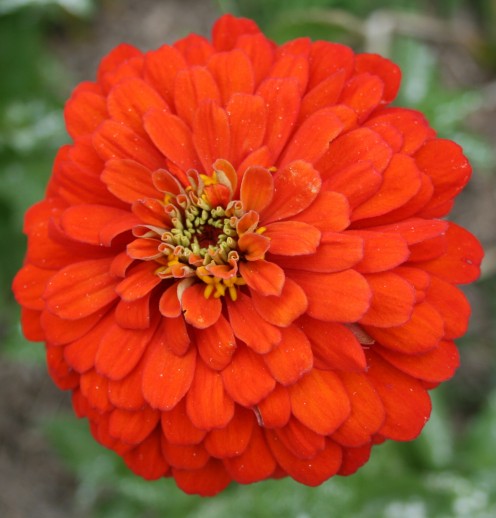
SPECIAL-INTEREST HAND TOOLS FOR GARDENERS
For Spring Flower Aficionados
- Bulb planter or auger for easily planting bulbs at correct depths
For Composters
- Compost aerator, compost turning tool, pitchfork or garden fork for turning compost piles
- Machete or hatchet for cutting up yard waste & other organic matter for compost piles
For Vegetable Gardeners
- Hoe for breaking up soil, weeding, planting & creating furrows by hand
For Bonsai Enthusiasts
- Basic hand tools such as pincettes (tweezer-like tools), wire cutters, long-handled scissors, brushes, chopsticks & a lightweight knife
ABOUT THE AUTHOR
The Dirt Farmer has been an active gardener for over 30 years.
She first began gardening as a child alongside her grandfather on her parents' farm.
Today, The Dirt Farmer gardens at home, volunteers at community gardens and continues to learn about gardening through the MD Master Gardener program.
© 2012 Jill Spencer
